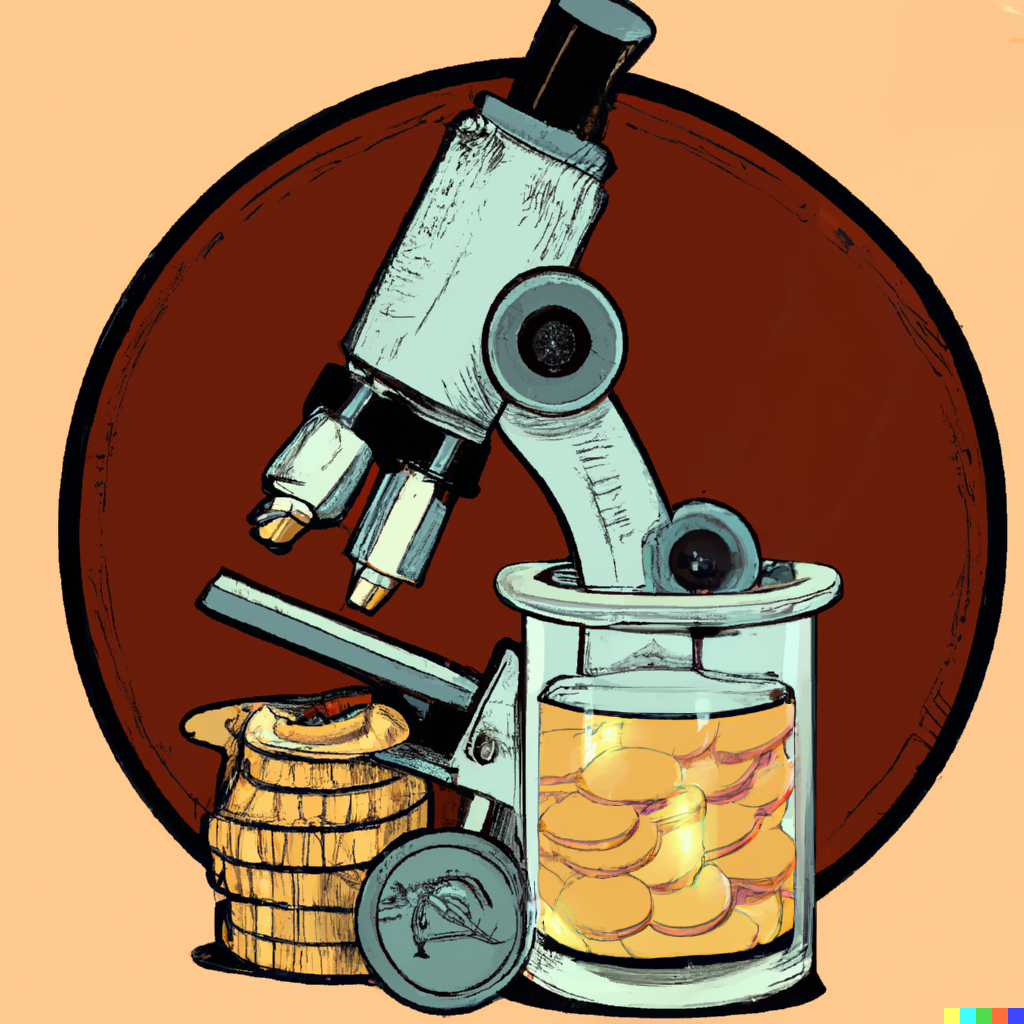This coin was minted in the Ancient Greek settlement of Selge, Pisidia. Coins of this type are from approximately 200 BCE to 100 BCE. It is a very small coin measuring in at 11mm and 2.01g in weight.
The obverse is a very off center portrait of Hercules wreathed with styrax, wearing a lionskin around his neck and a club over his shoulder. You can make out the lionskin clasp, the right eye is all the way at the top in the center, just to the left and down a little is the wreath. The reverse is the best part of this coin and has made it one of my favorite coins I’ve cleaned so far, it is the front of a stag looking back as it runs (presumable from a hunter). The greek letters Sigma (Σ), Epsilon (E), lambda (Λ) are the first 3 letters of the city Σέλγη • (Sélgē).
This was a great coin to clean, as I was working away at the layers of dirt I decided to leave some of it in place as an artistic choice. I really feel leaving some of the dirt in the field provides contrast to the heavily warn lettering and the stag. I cleaned this coin without knowing what to expect and the obverse was especially challenging because the portrait didn’t make sense. It looked and felt like a blob as I was cleaning it. When ‘digging’ into the eye I was second guessing myself but experience was telling me it was fine. After identifying coin i can see why it was so confusing… the portrait is extremely blocky. In hand the obverse looks a lot better and you can make out more detail than the picture shows. I tried to get as much detail as I could when taking the picture but the 2D nature of the photo really doesn’t do it justice.
I was not able to find an exact copy of the coin online but i found many extremely similar ones here. With the most similar one being SNG vA 5286 I’m mostly familiar with Roman coin attribution so I don’t really know what SNG vA 5286 means… if anyone knows and can explain it please do :-) I think its a reference book and entry number


Wow this reply sent me down quite the rabbit hole lol Its a little frustrating that there aren’t as many great online resources for attributing Greek coinage. I think I like them more, so much variety and character. Roman coins are so numerous though and there is such a rich body of history… you can learn so much about the roman coins. Greek coins don’t come with whole articles telling you about them like Roman coins… but there are much cooler depictions of gods and creatures on Greek coins.
Thank you for the information :-D
I typically use acsearch.info and a lot of googling. I also own Sear’s ‘Greek Coins and their Values’ volume I and II, and apart from the values part they are also quite useful.